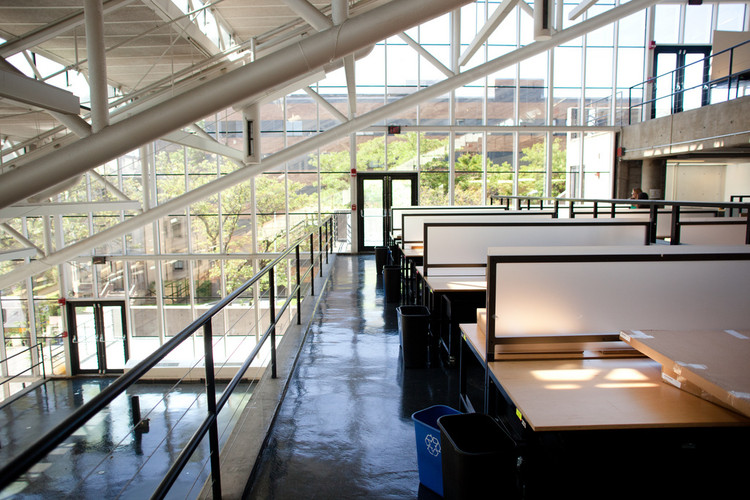
This article was originally published on Common Edge as "How Architectural 'Theory' Disconnects the Profession from the Public."
Whatever the form—personal, theoretical, scholarly—architects frequently veer into the philosophical terrain when defending otherwise subjective design decisions. Personally, this may be justifiable. But professionally, this reliance on quasi-philosophical spin is one of the fundamental ways architecture differs from other practical pillars of society, such as law, finance or medicine. Those disciplines are based on structures of knowledge (precedent or code, economics, and science, respectively) that mediate between professional decisions and subjective judgement.




